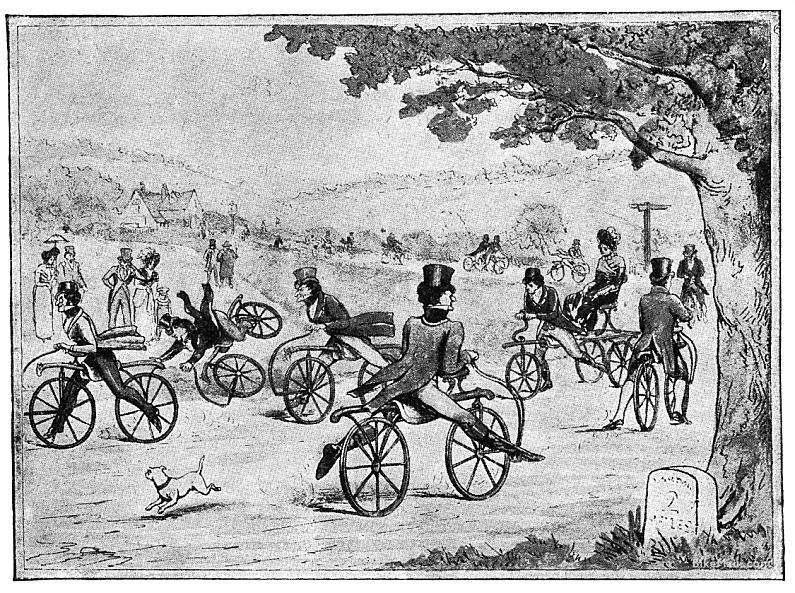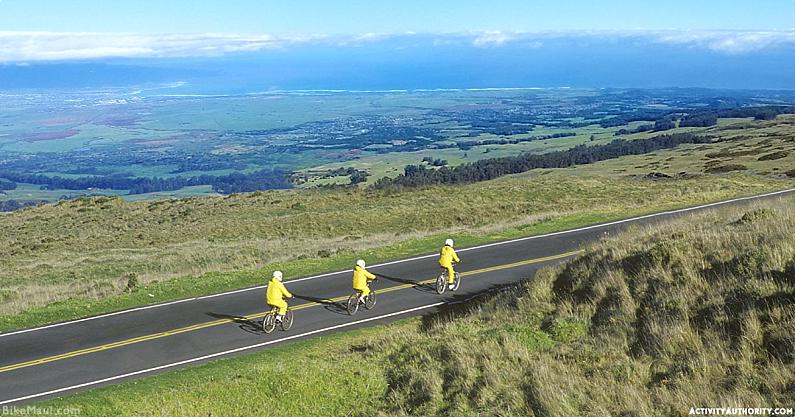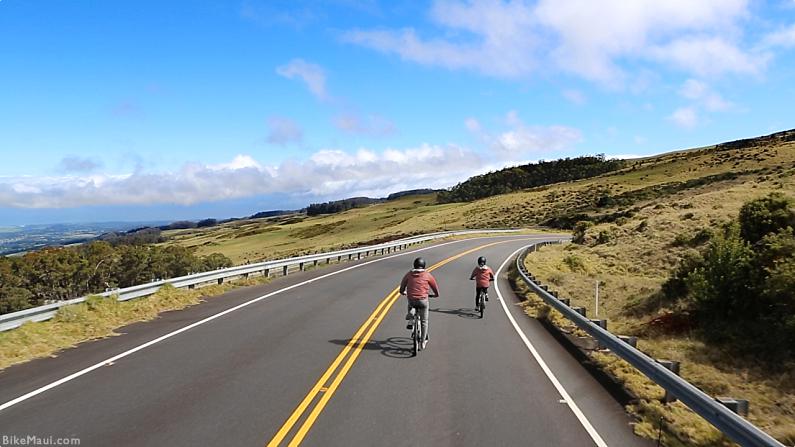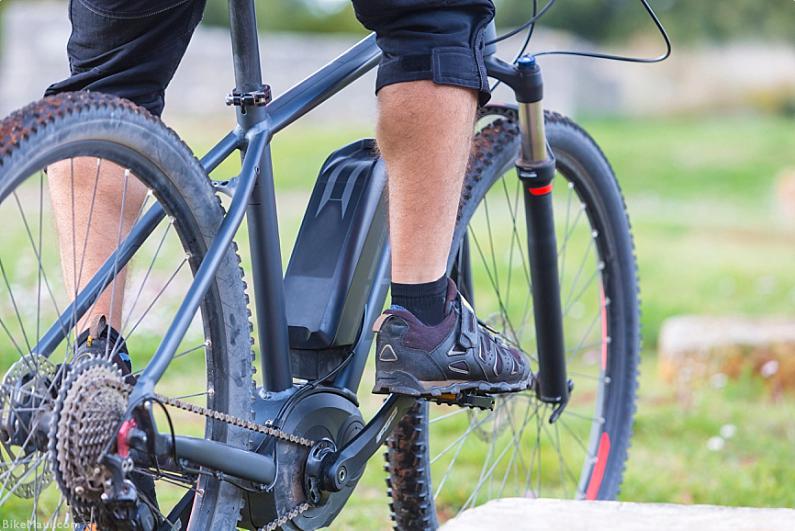A brief history of bicycles, mountain bikes & electric bikes
The bicycle is a simple yet ingenious invention that has been around for centuries. Today, there are many different types of bicycles available to suit the needs of riders of all ages and abilities. Whether you’re looking for a racing bike or an electric bike, there is sure to be a bicycle out there that is perfect for you! Here are some fun facts about bike history.

The History of the Bicycle
The bicycle has come a long way since its early origins in the 19th century. Today, there are many different types of bicycles available to suit the needs of riders of all ages and abilities. From racing bikes and BMX bikes to electric bikes and folding bikes, the bicycle has truly evolved into something for everyone.

Let’s take a look back at the history of this remarkable machine.
The first bicycles were actually invented in the early 1800s, but they were not like the bicycles we know today. These early versions were more like wooden scooters with no pedals. It wasn’t until the 1860s that pedals were added to the design, which made them much more efficient. In 1885, John Boyd Dunlop invented the pneumatic tire, which made riding a bicycle much more comfortable.
The safety bicycle was invented in 1885 and it featured equal-sized wheels and a chain-driven gear system. This type of bicycle quickly became very popular because it was much easier to ride than the earlier models. In 1896, the first Tour de France was held and it has been held every year since then.
Today, there are many different types of bicycles available on the market. You can choose from racing bikes, mountain bikes, BMX bikes, electric bikes, and folding bikes, just to name a few. No matter what your needs are, there is sure to be a bicycle out there that is perfect for you!

The History of Mountain Biking
Most people believe that mountain biking was invented in the 1970s, but the truth is that its origins date back much further. In fact, the first recorded instance of mountain biking took place all the way back in 1887! Here’s a look at how this thrilling sport has evolved over the past century-plus.

1880s: The sport of “cycling” was still in its infancy in the late 19th century, and rough dirt roads were no match for the slender tires of road bikes. That all changed when many inventors and even the military began modifying their bikes, allowing him to ride down rocky hillsides safely, move cargo, and bypass expensive, hungry horses. Thus, the mountain bike was born!
1920s: It wasn’t until the 1920s that cyclists began experimenting with off-road riding in earnest, thanks in part to the development of rugged tires with deeper treads. These early mountain bikers were nothing if not resourceful; they even built their own trails using rudimentary tools like pickaxes and shovels!
1970s: The modern era of mountain biking truly began in the 1970s, when cyclists in California (the original home of mountain biking) started customizing their bikes to better tackle steep, rugged terrain. These early innovators added features like derailleur gears, hand brakes, and thick knobby tires, making their bikes significantly more capable than anything that had come before. They also began organizing competitive events like cross-country races and downhill descents—the first incarnation of today’s popular mountain bike trails and parks. By the end of the decade, mountain biking had become a full-fledged sport!

Mountain biking is one of the most popular outdoor activities around, enjoyed by millions of people all over the world. It’s hard to believe that it all started with just one man and his crudely-modified bike…but it did! Since then, mountain biking has undergone a tremendous evolution, thanks to the efforts of visionary cyclists who were never afraid to take risks. Today, we can enjoy all the thrills and spills of this incredible sport—and we have those early pioneers to thank for it.
A Brief History of Electric Bikes
Electric bikes have come a long way since they were first introduced in the late 1800s. From their bulky, heavy frame design to their modern-day sleek and lightweight build, electric bikes have undergone a massive transformation over the years. Let’s take a brief look at how electric bikes came to be and how far they’ve come.
The invention of the electric bike dates all the way back to 1895 when Ogden Bolton Jr. invented the first e-bicycle. At that time, it was powered by two 12-volt batteries and could reach speeds of up to 20 mph (32 km/h). It was also quite heavy, weighing in at around 80 pounds (36 kg). Over the next few decades, improvements were made to its design and functionality. In 1968, Shimano developed a friction drive system that allowed e-bikes to reach higher speeds without using as much power.

In recent times, electric bikes have become increasingly popular due to their many advantages over traditional bicycles. For instance, they require less effort from riders as they are motorized, making them great for people with mobility issues or those who just don’t have the energy for a standard bike ride. They are also more efficient than regular bicycles because they can cover longer distances without needing a recharge. Finally, most e-bikes are equipped with LCD displays that allow riders to track their speed and distance traveled as well as monitor battery levels and other important data points.
Electric bikes are now one of the fastest-growing segments in cycling thanks to their many advantages over traditional bicycles. They provide riders with an easy way to get around town or enjoy outdoor activities without having to exert too much effort or worry about range or charging times like with electric cars or scooters. Whether you’re looking for an eco-friendly transportation option or just want an easier way to get around town, electric bikes may be worth considering!
Thank you for checking out our History of the Bike post. Check out this great information from Bike Maui on Biking on Maui and Maui Bike Rentals.




